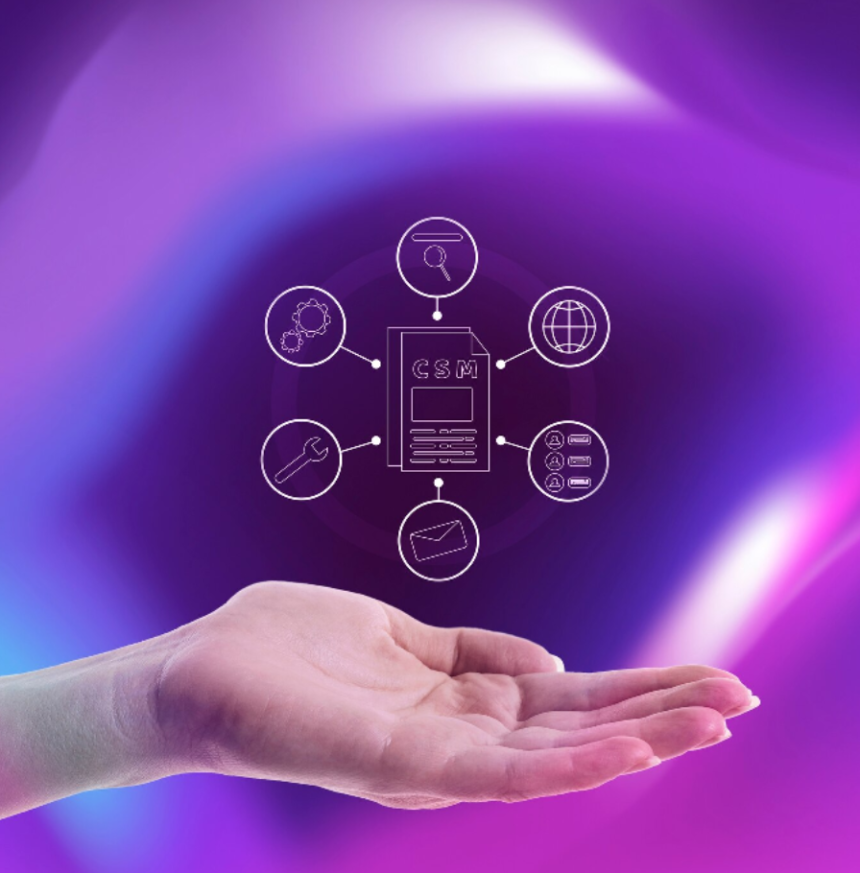The Evolution of IoT: Emerging Trends Shaping 2024 and Beyond
The Internet of Things (IoT) continues to be a transformative force, driving innovation and reshaping how we interact with technology. As we approach 2024, several key trends are poised to shape the future of IoT, presenting new opportunities and challenges. From the integration of artificial intelligence (AI) to the enhancement of security measures, the IoT landscape is rapidly evolving. This article explores the expected trends in IoT development for 2024 and their potential impact on both businesses and consumers.
IoT Market Overview
IoT remains a significant focal point for businesses, even as AI dominates the tech landscape. According to the Spring 2024 State of IoT report, IoT is among the top three technology priorities for corporations, with AI leading the way. Surveys from PWC, KPMG, and BCG indicate that while AI is the primary investment focus across industries, IoT consistently ranks second or third.
The rapid advancements in AI are contributing to a thriving $236 billion IoT market, as companies increasingly seek to integrate AI and IoT in their operations. IoT Analytics has observed a 61% rise in the mention of these technologies together in earnings calls since Q3 2022.
Insights from IoT Analytics’ team of research analysts, coupled with contributions from industry experts, have been instrumental in the Spring 2024 State of IoT report. This comprehensive report highlights 40 emerging trends, recent developments, and relevant data within the IoT sector. The findings suggest that while AI will play a critical role, the IoT market’s growth will also be driven by 10 key trends identified in the report.
IoT Analytics projects a continued robust trajectory for the IoT market, with an anticipated compound annual growth rate (CAGR) of 17% until 2030. This is a slight adjustment from the previously forecasted 19% CAGR in early 2023, reflecting the resilience and expansive impact of IoT across various sectors. As we move into 2024, companies specializing in IoT development are set to lead the charge in innovative solutions, shaping the future of technology and connectivity.
Key IoT Development Trends for 2024
AI and Machine Learning Integration
A major trend in IoT development is the integration of AI and machine learning (ML), which enhances the capabilities of IoT devices by enabling them to learn from data, make predictions, and improve performance over time.
- Enhanced Predictive Analytics: AI and ML are being leveraged to analyze data from IoT devices to forecast trends and behaviors. This capability is particularly valuable in manufacturing, where predictive maintenance can prevent equipment failures and minimize downtime. Gartner projects that by 2024, 75% of enterprises will implement AI-driven solutions to improve efficiency and achieve business goals.
- Intelligent Automation: AI-powered IoT devices are increasingly autonomous, capable of making decisions without human intervention. Examples include intelligent thermostats that adjust to user preferences automatically and industrial robots that optimize production processes in real time. This shift toward automation aims to streamline operations and increase productivity across industries.
Expansion of Edge Computing
Edge computing, which processes data closer to its source, is gaining traction as a vital component of IoT infrastructure. This approach addresses latency issues and reduces the load on centralized data centers.
- Real-Time Data Processing: Edge computing enables real-time data handling for applications that require immediate responses, such as autonomous vehicles and smart grid management. IDC forecasts that by 2024, half of enterprise IT infrastructure will be deployed at the edge, signaling a move toward decentralized computing models.
- Improved Security and Privacy: Processing data at the edge enhances security and privacy by keeping information closer to its source, thereby reducing the risk of breaches during data transmission. This is especially crucial in healthcare IoT applications, where patient data confidentiality is paramount.
5G and IoT
The rollout of 5G networks is set to revolutionize IoT by providing faster and more reliable connectivity, which will enable a host of new applications and accelerate their adoption.
- Faster Data Transfer: 5G offers data transfer speeds significantly higher than current cellular networks, facilitating real-time communication between IoT devices and reducing latency. This is essential for applications such as remote surgery and autonomous driving. According to a report by Ericsson, there will be 3.5 billion 5G connections by 2025.
- High Device Density: The ability of 5G networks to support a large number of devices per square kilometer is critical for smart cities and industrial IoT applications, where numerous sensors and devices must operate simultaneously without interference.
AI and Industrial Automation
Industrial automation is evolving with the integration of AI chipsets, which enhance the intelligence of hardware. As AI technology advances, businesses are increasingly exploring the use of AI capabilities at the edge, leading to a growing demand for real-time data analytics at the edge.
- AI Chipsets at the Edge: The development of AI chipsets has led to the creation of industrial PCs (IPCs) and gateways that are smaller yet more powerful. This enables the deployment of edge AI devices capable of performing computations and training algorithms with minimal latency.
- Reduced Network Congestion: Incorporating AI chipsets at the edge speeds up data processing within equipment, reducing network congestion and enhancing security by minimizing the volume of data sent to the cloud for processing.
Digital Twin Technology
Digital twin technology is an emerging trend in IoT that involves creating a virtual replica of a physical object or system. This allows for extensive digital testing and simulations before implementing real-world changes.
- Virtual Testing and Simulation: Digital twins enable comprehensive testing and simulations of real-world functionalities without risking security or resources. This technology is beneficial for cost savings and testing in industries such as manufacturing, automotive, and healthcare. It allows for analyzing production processes, simulating traffic scenarios, and predicting health outcomes by monitoring vital signs in real time.
Conclusion
The anticipated trends in IoT development for 2024 highlight the immense potential of this technology across various sectors. The integration of AI and edge computing, the advent of 5G networks, enhanced security measures, and a focus on sustainability are set to drive innovation and growth in the IoT domain.
As businesses and individuals continue to adopt IoT solutions, staying informed about these trends will be crucial for maximizing the benefits of IoT. By addressing the challenges and leveraging the advantages presented by these developments, we can look forward to a more intelligent, interconnected, and sustainable world.




